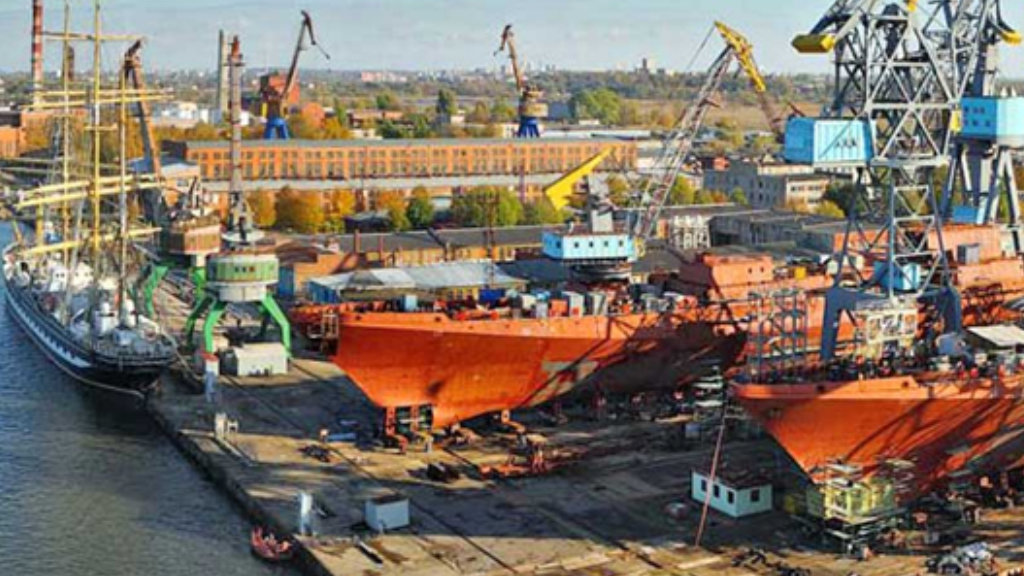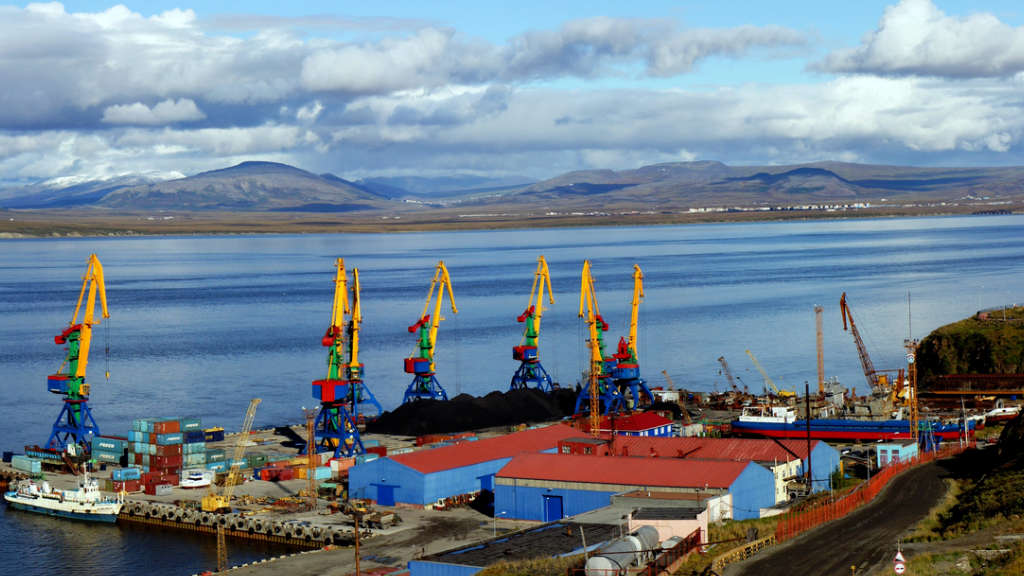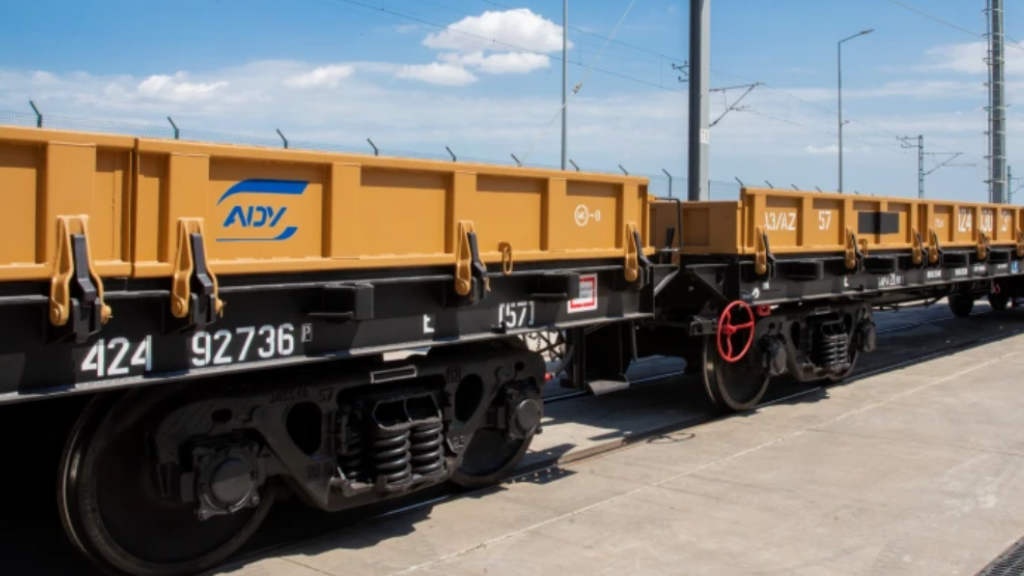The basic road map for shipbuilding development is for Russian shipyards to build more than 1600 ships and marine equipment by 2036. This was announced by First Deputy Prime Minister Denis Manturov at a meeting of Prime Minister Mikhail Mishustin with his deputies.
According to Mr. Manturov, priority is given to ships for the Northern Sea Route and the North-South transport corridor. Emphasis is being made to develop competencies in executing large-capacity projects, including crude oil tankers and gas carriers, and are paying increased attention to the construction of icebreakers, support and maintenance vessels.
“It is critical to overcome structural barriers to the industry’s development, which is what the strategy itself is aimed at. In particular, it provides for deep modernization and elimination of the shortage of construction jobs, including through the creation of new shipyards. At the same time, it is necessary to multiply the share of serial construction of civilian ships, which will increase their price attractiveness,” said Denis Manturov.
During his speech at the International Arctic Forum in March, President Vladimir Putin instructed the government to develop infrastructure and maritime development projects. He also said that Russia’s tasks in the region should be on an “historic scale.”
During a meeting on the strategy of the Navy’s development held in St. Petersburg on April 11, President Vladimir Putin outlined plans to also multiply spending on building new military ships. The lack of military naval units does limit the combat capabilities of the Russian Navy, the expert notes. This problem can be solved by putting into service new ships designed to meet modern threats in the form of drones, crewless boats and hypersonic missiles.
Separately from the massive program to grow the civil fleet, 8.4 trillion rubles is envisaged for the construction of new ships and vessels for the Navy in the next ten years. This spending has already been noted in future budgets, but the final amount of spending will depend on the fleet development program, the president added. The money should be separate from the rest of the spending part, which is annually allocated to the Navy for modernization, fleet maintenance and infrastructure development (about 15-20% of the entire defense budget annually, exact figures are not publicly available).
According to Vladimir Putin, the success and specific timing of this task depend not only on financing, but also on the well-coordinated work of all links of the defense industry complex: shipbuilding, instrument-making, machine-tool building and other related industries, with a focus on technological sovereignty and import substitution of units and components necessary for the Navy.
Given the statement by the head of state that the share of modern weapons and equipment in the naval strategic nuclear forces is “already 100 percent,” there is every reason to believe that we are primarily talking about the surface, not the underwater component of the Navy. The president separately emphasized the need for speedy development and serial production of domestic ship-based unmanned aircraft systems, marine robotic systems, crewless submarine and surface boats. According to plans, they should be closely integrated into a single information loop with the Russian reconnaissance satellite constellation.
Further Reading
President Putin’s Speech About Russian Arctic Development: Content and Analysis





